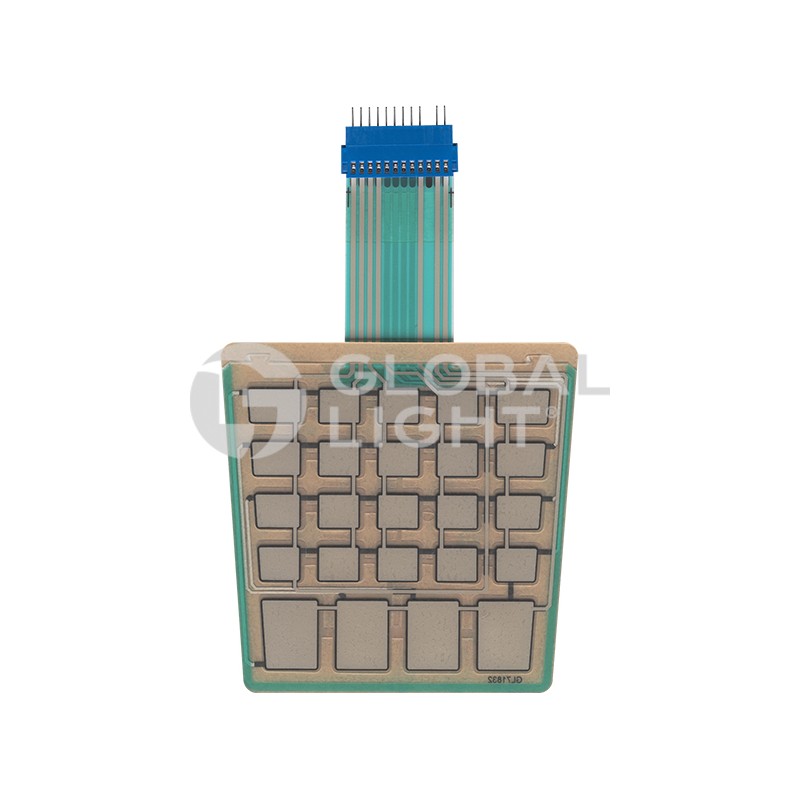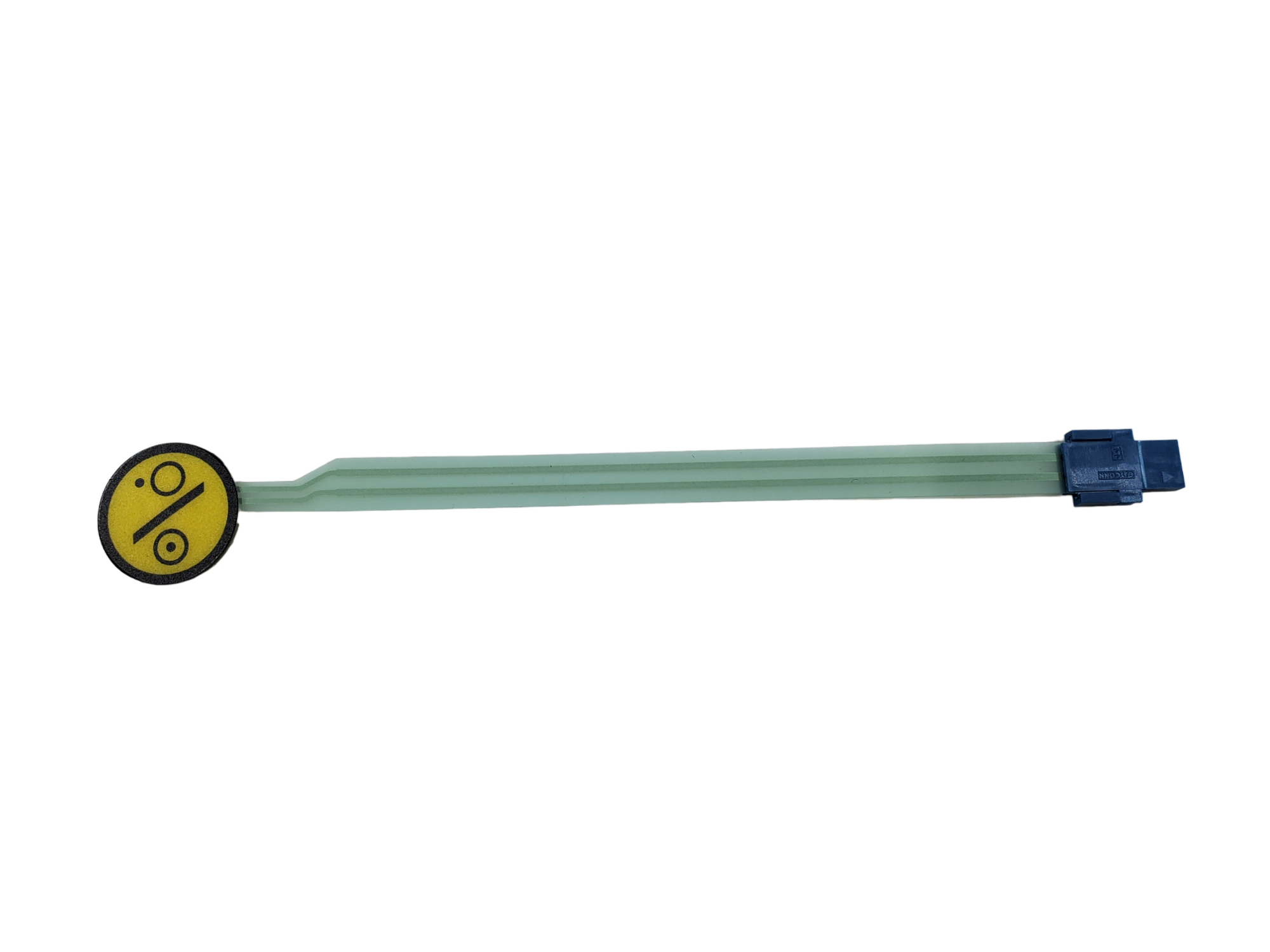Choosing the Right Membrane Switch for Your Business Needs
Choosing the Right Membrane Switch for Your Business Needs
Blog Article
Comprehending Membrane Layer Switches Over: The Trick to Reputable and resilient Controls

What Are Membrane Layer Switches?
Membrane switches are an innovative option in the world of customer interface technology, combining performance and style seamlessly. These gadgets function as a user interface in between customers and digital systems, integrating a number of parts right into a small format. Commonly constructed from flexible, thin layers of materials, membrane layer buttons are made to react to touch, enabling users to interact with machinery and digital devices effectively.
The primary elements of a membrane button include a printed circuit layer, graphic overlay, and a spacer layer that prevents unintended activation. The graphic overlay can be tailored to mirror brand identification or individual preferences, enhancing appearances while making certain functionality. Membrane layer buttons are typically utilized in numerous applications, consisting of medical gadgets, consumer electronic devices, and commercial devices, owing to their sturdiness and resistance to environmental factors such as moisture and dirt.
Among the essential benefits of membrane layer switches is their capability to stand up to deterioration, making them optimal for high-traffic atmospheres. Furthermore, they are light-weight and need minimal space, enabling ingenious styles in item development. Overall, membrane layer changes represent a efficient and sensible selection for contemporary electronic user interfaces, weding innovation with user-centric design principles.
How Membrane Layer Switches Work
The procedure of membrane layer switches over hinges on a simple yet effective mechanism that equates customer input right into digital signals. When an individual presses the switch, the top layer flaws, permitting a conductive aspect in the circuit layer to make call with a corresponding conductive pad on the bottom of the visuals overlay.
The layout of membrane buttons can differ, yet they often incorporate domes or tactile elements to supply feedback to the customer, enhancing the overall experience - membrane switch. The materials utilized in membrane layer switches, such as polyester or polycarbonate, add to their sturdiness and resistance to environmental aspects, including dampness and dirt. Moreover, the printed circuits are typically enveloped, which safeguards them from deterioration over time.
Benefits of Membrane Layer Buttons

In addition, membrane layer switches are known for their longevity. Constructed from robust materials, they are resistant to dust, moisture, and physical wear, which substantially expands their life-span contrasted to traditional mechanical buttons. This durability makes them particularly ideal for high-traffic settings and applications requiring durability.
One more considerable advantage is the ease of cleaning and maintenance. The smooth surface area of membrane layer switches over decreases dirt build-up and is frequently invulnerable to spills, making them suitable for setups that need regular sanitization.
Furthermore, membrane buttons offer a streamlined account, causing a thinner style that can be integrated into different devices without adding mass. This function not only enhances the visual charm however also adds to an extra ergonomic product design.
Applications of Membrane Layer Buttons
Flexible and easy to use, membrane layer switches locate applications across a wide variety of sectors, consisting of medical tools, consumer electronic devices, and commercial devices. In the medical area, these switches are integral to gadgets such as diagnostic tools, patient monitoring systems, and mixture pumps, where integrity and convenience of cleansing are essential. Their ability to hold up against extreme atmospheres and maintain capability makes them suitable for such applications.

In customer electronic devices, membrane buttons are utilized in items like microwaves, washing my blog makers, and remote controls - membrane switch. Their smooth layout permits instinctive user interfaces, improving the total user experience while supplying resilience and resistance to damage
Industrial devices additionally takes advantage of membrane switches, especially in control panels for equipment and automation systems. These buttons use security versus dirt and dampness, guaranteeing constant efficiency in challenging atmospheres. Their personalized attributes permit producers to tailor them to particular operational needs, enhancing efficiency and functionality.
Picking the Right Membrane Switch Over
When selecting a membrane button, it is necessary to think about different variables that affect efficiency and suitability for specific applications. The key factors to consider consist of environmental conditions, responsive responses, longevity, and design requirements.
First, analyze the operating setting; switches exposed to moisture, chemicals, or severe temperature levels require certain products to ensure longevity and capability. Next off, review the requirement for tactile responses. Relying on individual interaction, some applications might gain from a tactile reaction to confirm activation, while others might choose a non-tactile design for visual reasons.
Toughness is one more crucial factor; membrane layer switches need to be try here created to browse around these guys endure regular usage, impacts, and abrasion. Ensure the picked switch can sustain the expected lifecycle, specifically in high-usage situations.

Conclusion
To conclude, membrane layer switches over act as necessary elements in the design of sturdy and trustworthy control systems throughout different sectors. Their small design, incorporated with durable construction and customizable attributes, improves customer interaction while making certain durability popular atmospheres. The convenience of membrane layer switches enables tailored options that meet certain operational requirements, strengthening their significance in contemporary innovation. As markets proceed to develop, the relevance of integrating effective membrane button services can not be overemphasized.
Membrane layer switches over represent an essential element of modern-day user interface layout, mixing functionality with resilience in various applications.Membrane switches are a sophisticated option in the world of customer interface modern technology, incorporating capability and layout seamlessly. Typically constructed from versatile, thin layers of products, membrane layer buttons are created to react to touch, allowing customers to interact with machinery and digital tools properly.
The layout of membrane layer buttons can vary, however they frequently include domes or responsive components to give responses to the user, enhancing the overall experience.In verdict, membrane layer changes serve as important components in the layout of reliable and sturdy control systems throughout different industries.
Report this page